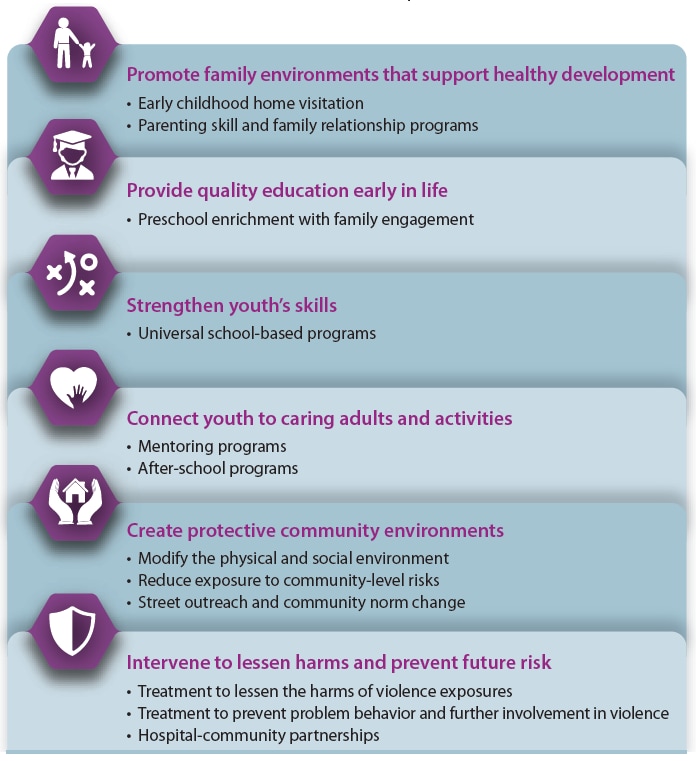What is violence and how to stop it?
Written by Mladen Kantar.
World Health Organization defines violence as ‘‘the intentional use of physical force or power, threatened or actual, against oneself, another person, or against a group or community, that either results in or has a high likelihood of resulting in injury, death, psychological harm, and form of harm or deprivation.
There are 3 forms of violence: self directed violence, interpersonal and collective.
Self-directed violence includes suicidal thoughts or action and forms of self-harm. Suicidal ideation is a term used clinically to describe contemplation of wilfully ending one’s own life. Self mutilation refers to direct and deliberate destruction or alteration of parts of the body without conscious suicidal intent-
Interpersonal violence include acts of violence or intimidation that occurs between family members,between intimate partners or between individuals such as classmates,This category includes child maltreatment, youth violence, some forms of sexual violence and abuse of elders.
Collective violence has been defined as the ‘‘instrumental use of violence by people who identify themselves as members of a group(in a class for example) against another group or individual.
School violence is very complex issue and thus requires numerous factors to be addressed. Such factors include the need for student participation, involving parents, educators and the community, linking of policy, legislation and practice, the development of indicators on violence, and cultural sensitivity in addressing concepts such as the universality of human rights as part of a human rights-based approach.
But it it worth mentioning that school violence does not limit itself to the student population. About eight percent of teachers say they are threatened with violence on school grounds at least once a month in USA. Two percent report being physically attacked each year.
All this tells us that although school is a place where everyone should dedicate themselves to knowledge and learning, violence often occurs and it is something that must be prevented and stopped.
A common way to reduce violence in schools is to implement stronger security measures, such as surveillance cameras, security systems and campus guards.Surveillance cameras can be placed in classrooms and near doors to provide school safety personnel the ability to monitor unfamiliar faces, loitering guests and dangerous situations from afar.
Zero-tolerance policies will punish those who perpetrate violence and deter students from behaving violently. If a single violation results in punishment, students are less likely to be violent. Parents need to know about this policy.
School-community partnerships create a safe environment inside schools by creating a safe environment outside of schools. Community watch programs and police surveillance initiatives extend student safety beyond the confines of the schoolyard, effectively reducing the severity and prevalence of violence in schools.
It is important to understand what factors protect kids or put them at risk for experiencing or perpetrating violence. Why are risk and protective factors useful? They help identify where prevention efforts need to be focused. Those are:
-Excessive feelings of isolation and being alone
-Being a victim of violence - children who are victims of violence including physical or sexual abuse in the community, at school, or at home are sometimes at risk themselves of becoming violent toward themselves or others.
-Low school interest and poor academic performance
-History of discipline problems
-Drug use and alcohol use



Коментари
Постави коментар